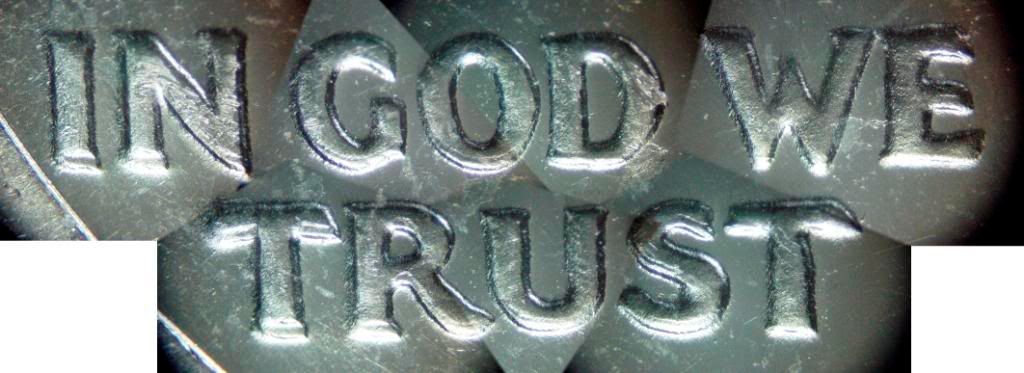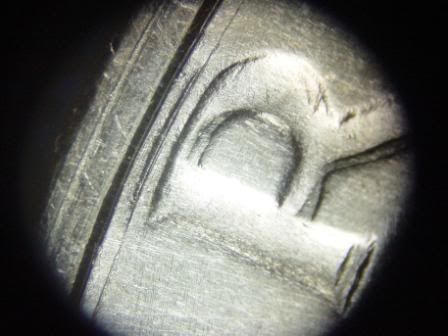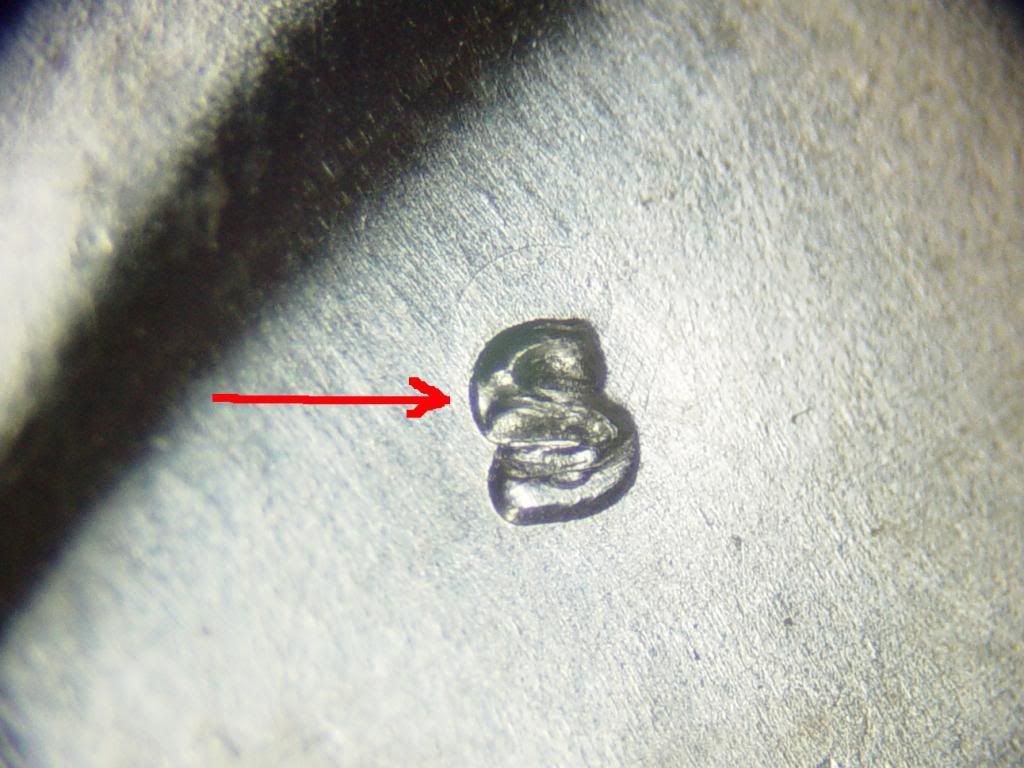I found this in my US-mint 2010 proof set. Lincoln cent has clear double chin slight indent on nose and forehead. I snapped a few pictures.
What do you think?
Ken
Log in or register to take part.
CONECA (pronounced: CŌ´NECA) is a national numismatic organization devoted to the education of error and variety coin collectors. CONECA focuses on many error and variety specialties, including doubled dies, Repunched mintmarks, multiple errors, clips, double strikes, off-metals and off-centers—just to name a few. In addition to its website, CONECA publishes an educational journal, The Errorscope, which is printed and mailed to members bimonthly. CONECA offers a lending library, examination, listing and attribution services; it holds annual meetings at major conventions (referred to as Errorama) around the country.
CONECA was formed through a merger of CONE and NECA in early 1983. To learn more about the fascinating HISTORY OF THE ERROR HOBBY and THE HISTORY OF CONECA, we encourage you to visit us our main site Here
If you're not a member and would like to join see our Membership Application
We thank everybody who has helped make CONECA the great success that it is today!



Comment